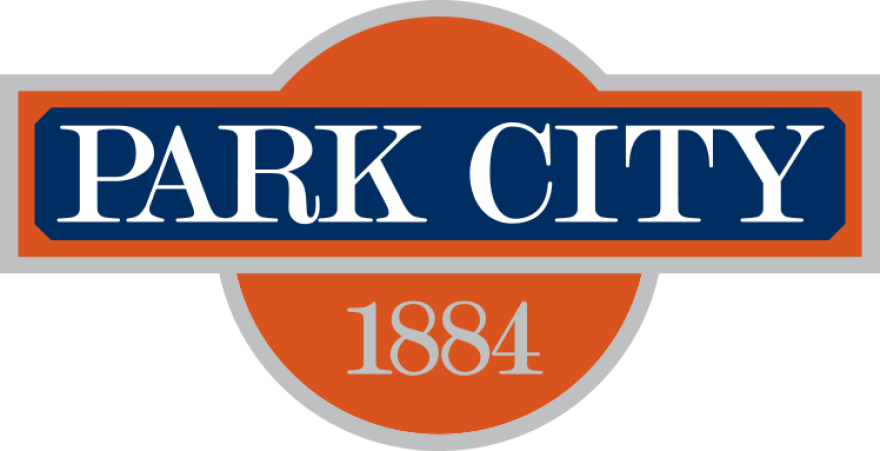The Park City Planning Commission will consider an Empire Pass condominium project during Wednesday’s planning commission meeting. It’s another item in the Empire Pass area that has come up under the Flagstaff Development Agreement this year, triggering conversations about developers’ responsibilities for historic preservation.
The Flagstaff Development and Annexation Agreement is nearly 20 years old, but it’s recently come under a lot of scrutiny. Historic preservation advocates have made their case at planning commission and city council meetings that agenda items under the agreement should not go forward until a preservation plan is enforced. Advocates, such as Sandra Morrison from the Park City Museum and Sally Elliott of Friends of Ski Mountain Mining History, argue that the agreement outlines responsibilities for each developer to do their part in stabilizing and maintaining a number of historic structures within the Flagstaff annexation area.
At a recent Park City Council study session, though, City Attorney Mark Harrington recommended planning commissioners and city councilmembers not hold up items from sub developers based on the agreement’s historic preservation provisions.
Park City Planning Director Bruce Erickson agrees with advocates’ focus on preservation, but he says the historic sites that are covered by the agreement mostly require revegetation of mine dumps, not reconstruction.
“I believe the museum and Friends of Ski Mountain Mining History are right in that we need to do additional work to save these structures," Erickson said. "But for the most part, of the 21 structures that are out there, most of them are mine sites, they are not mine structures.”
Park City planning and legal staff interpret the agreement a bit differently from historic preservation advocates. Erickson says what’s at issue is who, of the many parties involved, is responsible for preservation efforts and what structures are covered in the agreement. Redus, the developer who acquired the land after United Park City Mines foreclosed on it, has since sold off parcels to some sub developers. Erickson contests, though, that since the agreement’s inception, the city has enforced the requirements to some level.
“The folks that were in charge said, yeah, we’re in conformance with the regulations," Erickson said. "Right or wrong, that’s what they said. So now it’s obligatory on my department and the current city council to say, well, perhaps we didn’t quite do our job the way we should or decisions were made in 2007, 2008 that were not 100% correct. So we’re trying to react to that and pull all the ownerships back together and get the responsible parties to do their job.”
The planning department told council and planning commissioners the city was moving forward with a memorandum of agreement with some landowners under the Flagstaff agreement that prioritizes outstanding preservation projects. First on the list, Erickson says, is the Judge Office Building, the roof of which the city plans to reinforce by this winter. It’s anticipated to cost $30,000.
“The current planning department and the current city council has a much stronger focus on historic preservation versus what the previous administrations had, which were growth, and development, and traffic and how we’re going to get cars down Marsac,” Erickson said.




